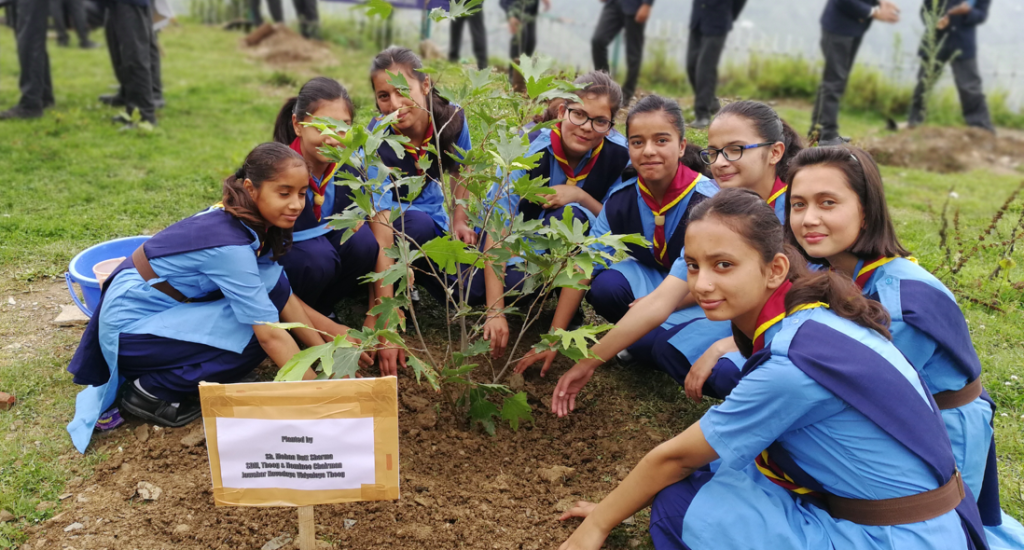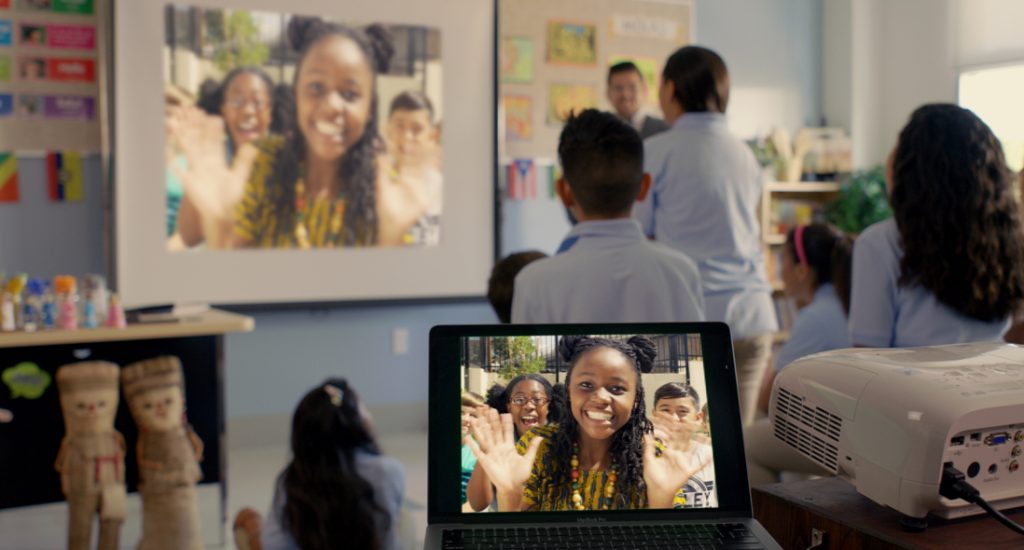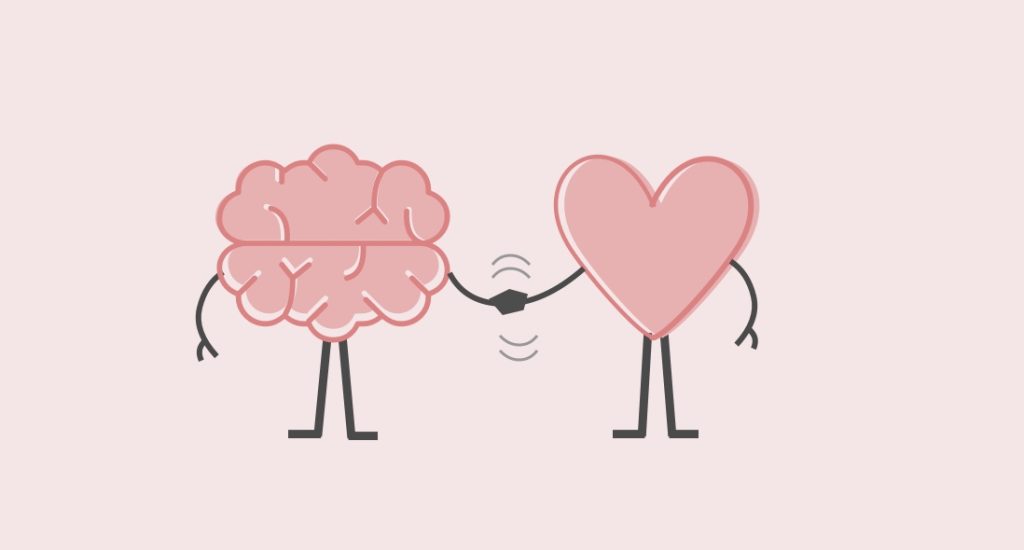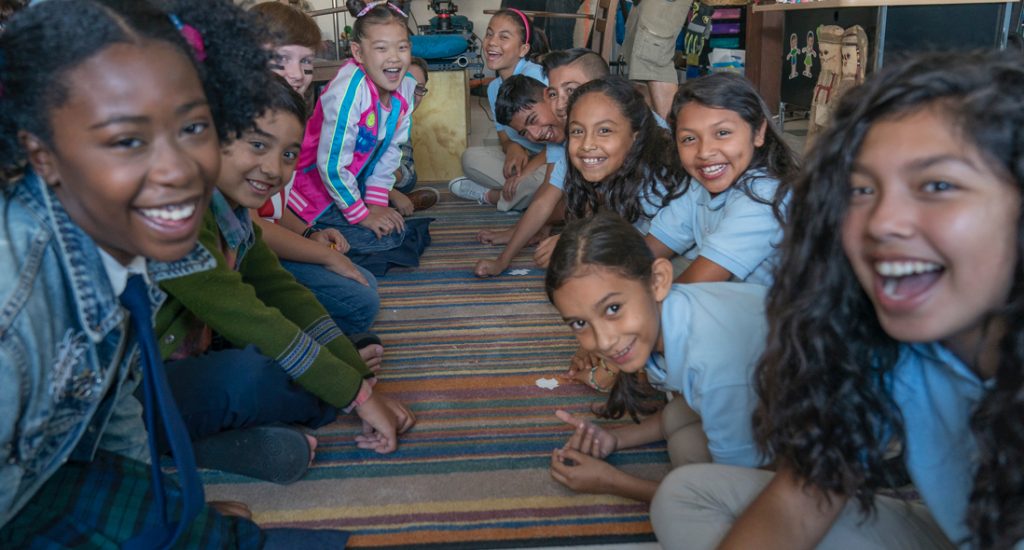We regularly hear from educators how important it is to develop empathy in children and that it must be a normal, constant part of school. This EdWeek piece summarizes it well: “For teachers, empathy is an indispensable tool of instruction, and arguably, the key attribute (beyond knowledge of content, pedagogy, and student development) to being an effective teacher.”
And, as award-winning educator Mike Soskil says in his book, “We know that our students are craving the opportunity to make a difference and shape the planet they will inherit from us… Only by keeping education rooted in human relationships and empathy can we meet the great challenges on the horizon…”
We know educators — across subject areas — agree with this. But how? What does it look like in practice in music, library, math, and other curricular areas? So we asked STEM educators around the world this question: How can we teach empathy in the STEM classroom? Here is what educators from Vietnam, U.S., U.K., Malaysia, India, and Nigeria said:
I always start my science lessons through real-world situations that surround my students and my classroom. Here are the steps we take:
- Use knowledge to solve scientific problems (Head)
- Use learning to help people, animals, and nature (Heart)
- Start product implementation (Hands)
- Think about the values they learned through science (Human).
Here is an example from our class. Last month, a lot of fish in a river near our school died. This became an opportunity for us to have a classroom lesson. My students started thinking about the cause. Discussions led to them thinking about the life of a fish. What type of water would they want to live in if they were a fish? How would they feel living in polluted water? Here is when they started to demonstrate empathy. With increased levels of empathy, they were more excited to start researching solutions in the science lessons. Nam Ngo Thanh, @mrnamvas, Classroom Teacher, VietnamNam Ngo Thanh, @mrnamvas, Classroom Teacher, Vietnam
One way to bring empathy into a STEM classroom is through purposeful questions. These questions create meaningful scenarios and allow students to gain broader perspectives of their world. For instance, consider students building a bridge in a STEM lesson. What if they considered: Who is this bridge for? Why can’t the inhabitants of the area build it themselves? Where exactly do these inhabitants live? Why is this bridge needed? Questions open the door to curiosity and put students into a different pair of shoes. And when this happens, empathy floods the mind and heart.
Recently, my fourth-grade students had to research game consoles from the past 50 years. After researching different types of texts, each student synthesized information and wrote an informative essay. Upon completion of the essay, students used cardboard to bring their game consoles to life. Then, things got really interesting! Students had to modify the original game-console control to make it adaptive to fit specific needs. It was absolutely beautiful to see students immersed in empathizing, ideating, and prototyping – not to mention the rich and high quality dialogue that emerged as a result of such a noble cause. As students designed with intention, they researched and took note of things such as screen size, joysticks that could be used without fingers, and other developmentally appropriate modifications. Andrew Arevalo, @Gameboydrew, 4th Grade Teacher, California, USA
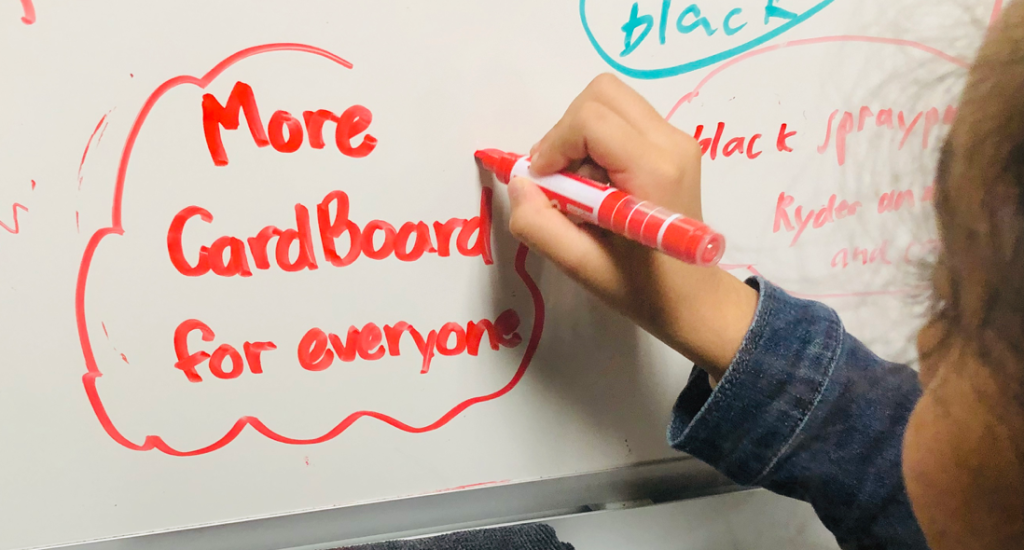
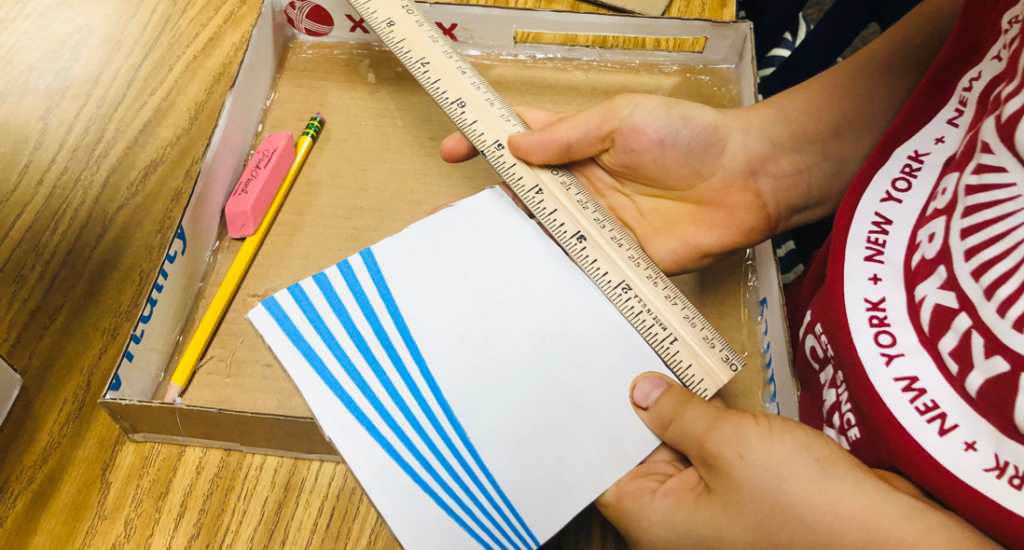
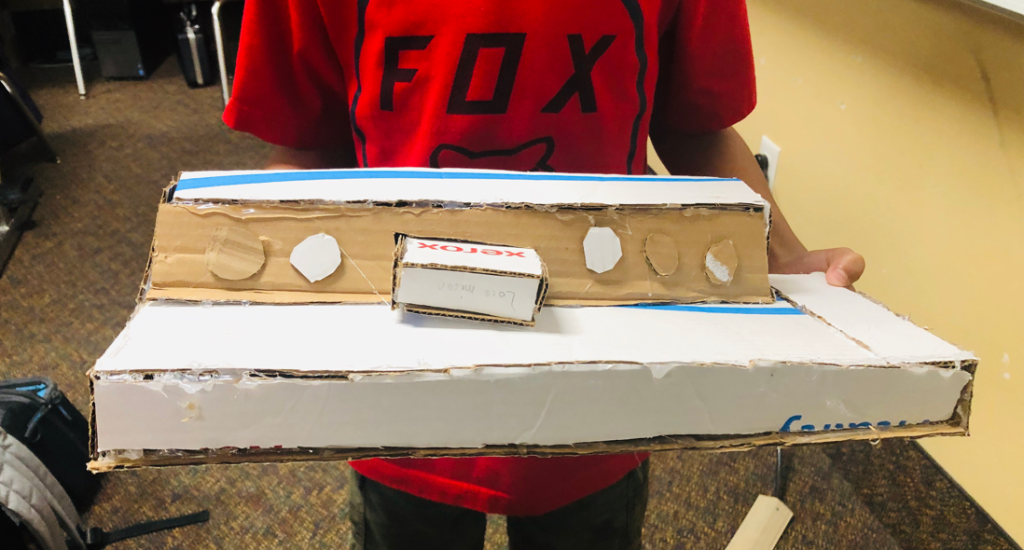
My students have worked to develop apps for elderly citizens with communication and mobility challenges in local care homes. The students needed to think about how their end users (the elderly citizens) would access the app, and they then based their designs around those considerations — large fonts, big buttons, etc. STEM is a great subject for empathy as you can take a problem people may face in very different situations and apply the skills of STEM to these problems. Showing students how to empathize with the people facing the problem gives greater meaning to the work they do and to the solutions they create. Philip Nottingham, @hiimpactmrn, Educator, United Kingdom

In the science classroom, I am able to introduce and develop the skill of empathy. This occurs in various instructional activities, including lessons of environment and health. During one recent lesson in our class, our students visited a nearby forest to study the local ecosystem. They considered the various factors which affected the plants and animals of the area. They then worked to identify ways they could protect those plants and animals. Near the school, they planted plants and made special signs. Yogesh Kumar, @salariayogesh, Educator, India

Here are quick tips for educators ready to bring focus to empathy in the STEM classroom as shared by science teacher Folashade Babatunde (@Hafsah_Shade) from Nigeria:
- Plan activities that involve teamwork to help students see the uniqueness and abilities of others.
- Encourage students to celebrate the success of another.
- Give students time during class to discuss their ideas or share their opinions and encourage active listening.
- Engage students in class debates. Teach them that it’s okay to disagree with the opinions of others and show them how it can be done with respect and kindness.
Special thanks to these global educators for sharing their ideas on empathy across the curriculum in the STEM classroom. Check out the second post in the series, Empathy across the curriculum: The arts. We invite you to join the conversation on Twitter with the hashtag #SparkEmpathy or #STEMpathy as shared by Florida educator, Michelle Moore, in this recent tweet.
